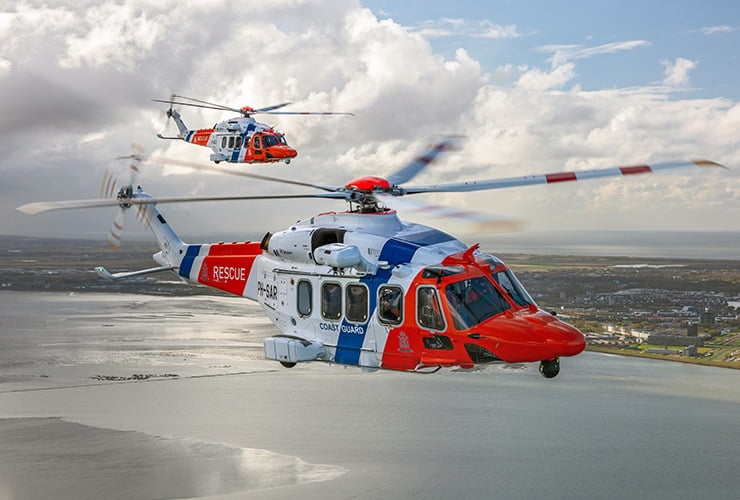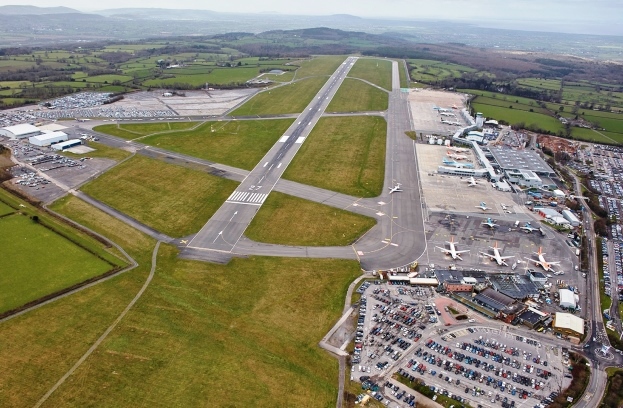Gas-monitoring aircraft checks Amazon's methane levels

Using small aircraft flying in an upward spiral and collecting samples of the air, the team has measured the levels of methane in the atmosphere over the Amazon basin in unprecedented detail.
In the process they’ve shown the value of satellite measurements of methane for the region, paving the way for research that will keep better tabs on the greenhouse gas.
Methane is a potent greenhouse gas, second only to carbon dioxide in its contribution to global warming.
Atmospheric concentrations of the gas have increased by 150% since the beginning of the industrial era. Yet the rise each year is quite variable and we do not fully understand why.
PhD student and lead author Alex Webb from the University of Leicester explained: “A big problem has been that none of the models of methane wetland emissions agree with each other, and there’s limited data to compare them with except satellite datasets. The satellite remote sensing lacks quality checks in the Amazon, and is often hindered by cloud coverage.”
The Amazon basin contains extensive wetland areas known to emit significant amounts of methane. This source is estimated to be 15-30% of global wetland methane emissions, but limitations in the observations make these estimates uncertain.
The Amazonian Carbon Observatory Project, led by Dr Hartmut Boesch at the National Centre of Earth Observation, University of Leicester, aims to help clear up these uncertainties.
Researchers at the Brazilian Instituto de Pesquisas Energéticas e Nucleares (IPEN) have carried out aircraft measurements of methane at two sites in the Amazon since January 2013.
Alex said: “They used local air taxi operators flying a tiny plane in an upward spiral, who took flask samples of the air at 17 points going up to an altitude of seven and a half kilometres. No-one’s gone up to these heights in the Amazon before, or published anything on these aircraft profiles. Going up so high makes quite a big difference in being able to see the variability of methane in the atmosphere.”
Researchers on the project – which includes NCEO researchers based at the Universities of Leicester, Leeds and Edinburgh – used this new dataset together with data from lower altitude aircraft flights from the NERC Amazonica project to compare with satellite observations of methane from the Japanese GOSAT mission.
Alex added: “Because we’ve looked at GOSAT and the aircraft profiles people will have more faith in the spacecraft measurements to compare them to their models and understand why they are seeing such big differences.”
They showed that the GOSAT methane observations agree with the aircraft profiles to within 0.5%.
Boesch, who supervised the research, added: “This study paves the way toward exploitation of this satellite record for the Amazon region with confidence which should help us to develop a better understanding of tropical wetland emissions.”
The paper, ‘CH4 concentrations over the Amazon from GOSAT consistent with in situ vertical profile data†’, was published in the Journal of Geophysical Research Atmospheres last month: http://onlinelibrary.wiley.com/doi/10.1002/2016JD025263/full
The Amazonian Carbon Observatory Project is a UK/Brazil research network funded by the NERC International Opportunities Fund and the São Paulo Research Foundation (FAPESP).















